The design employs an eclectic approach to typography inspired by the eye-catching posters and dramatic display type that drew audiences to the films.


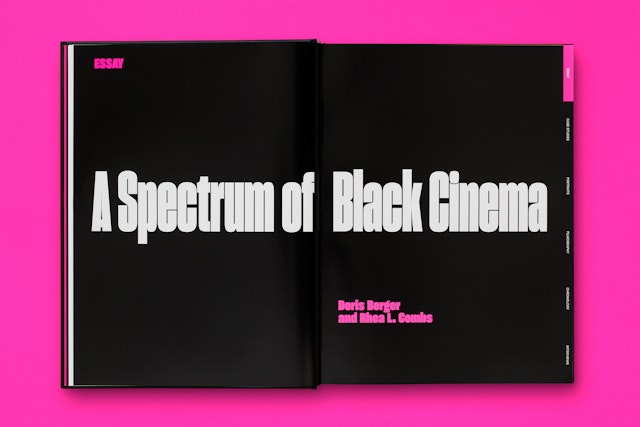


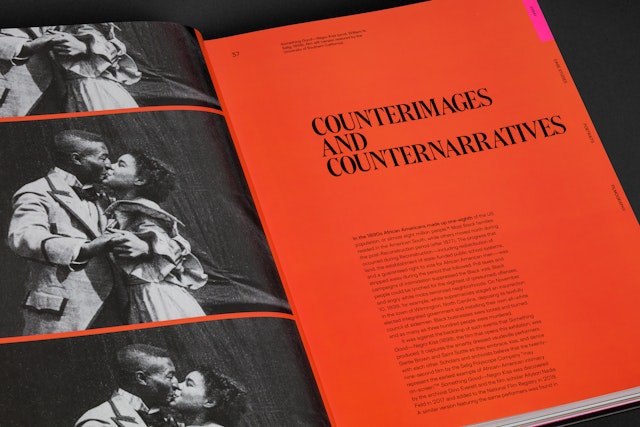
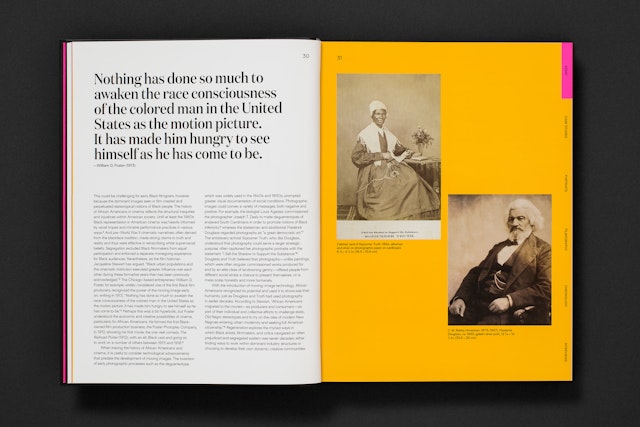
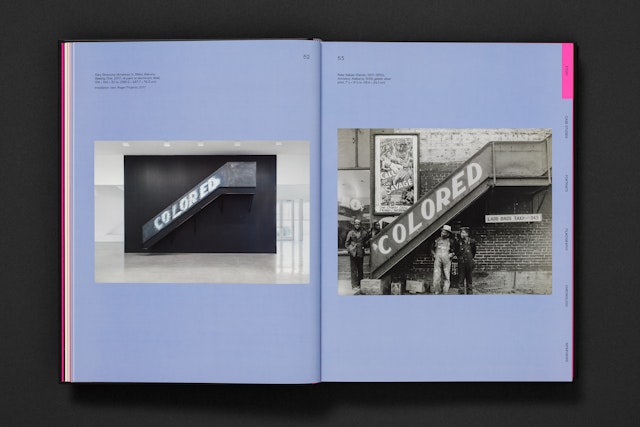
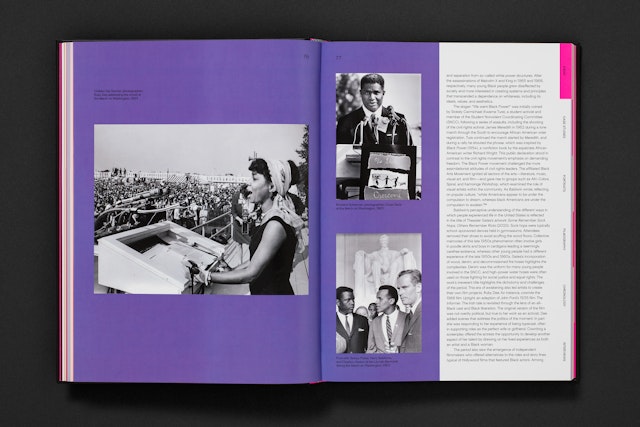
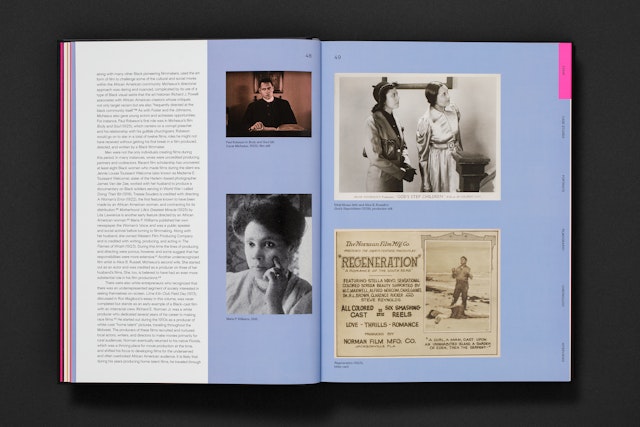


A vibrant color palette extracted from the posters is used to offset the sepia tone of the historical materials.


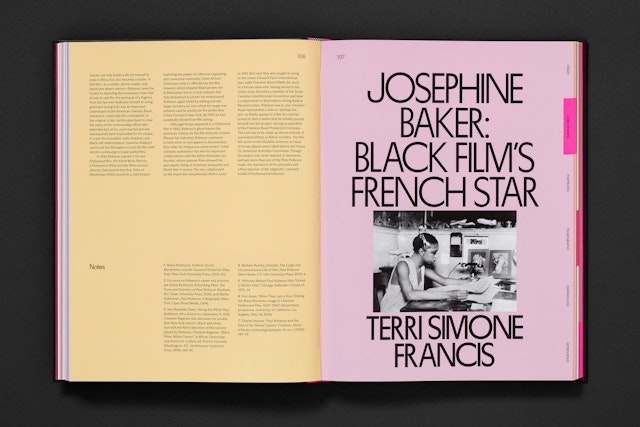
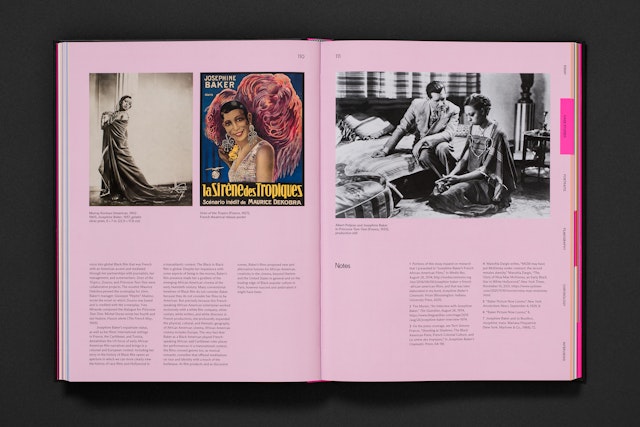
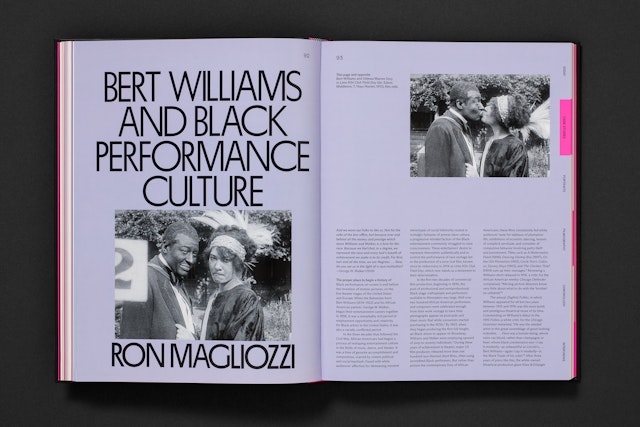

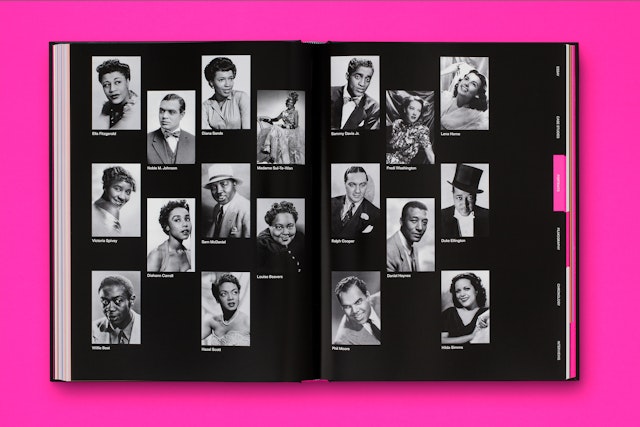
A system running along at the fore edge serves as a guide, indexing the essays, case studies, filmographies and interviews into separate sections.
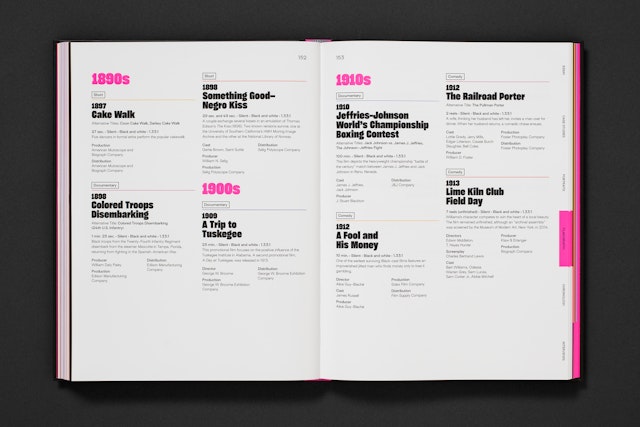
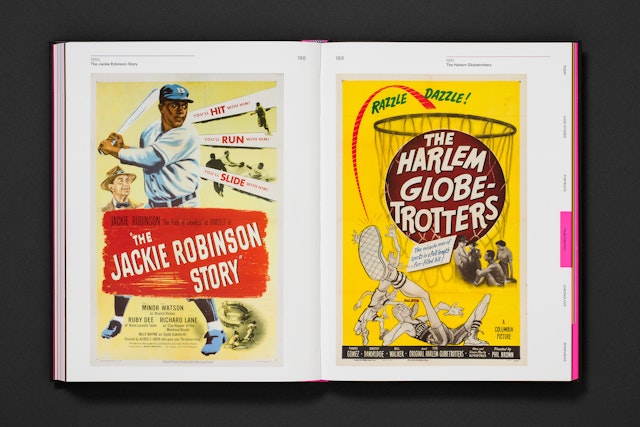
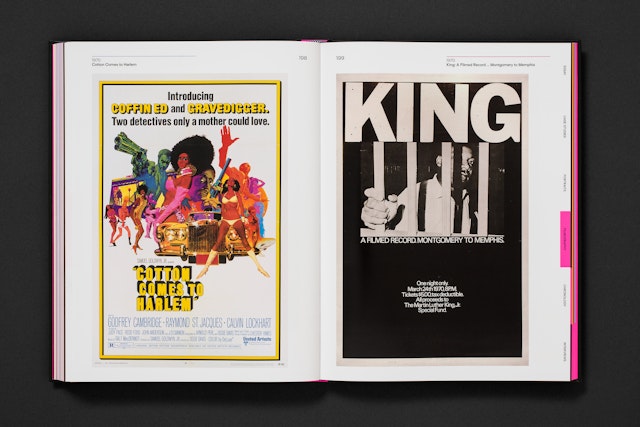
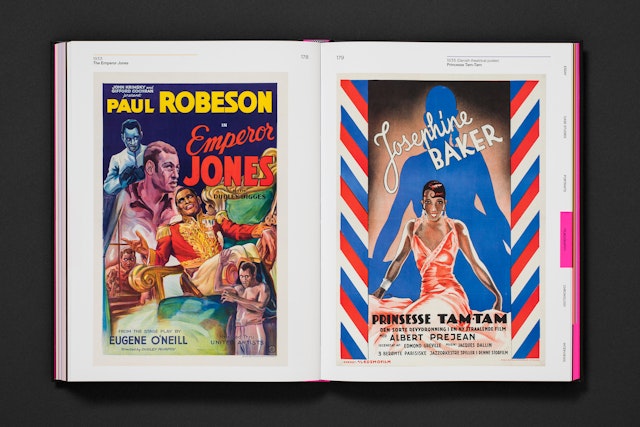


The exhibition also looks at how early cinema has impacted the work of contemporary Black directors and the book includes interviews with these artists.
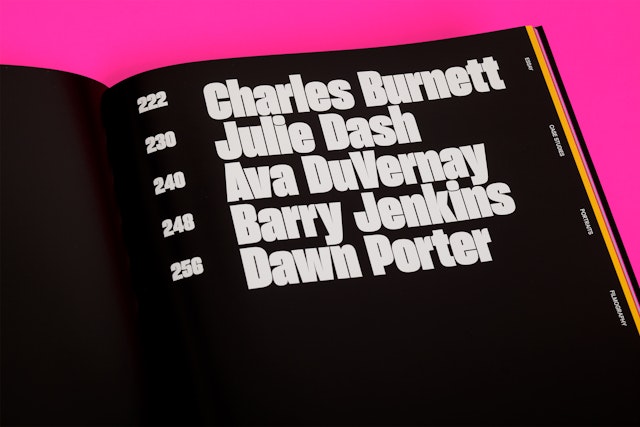



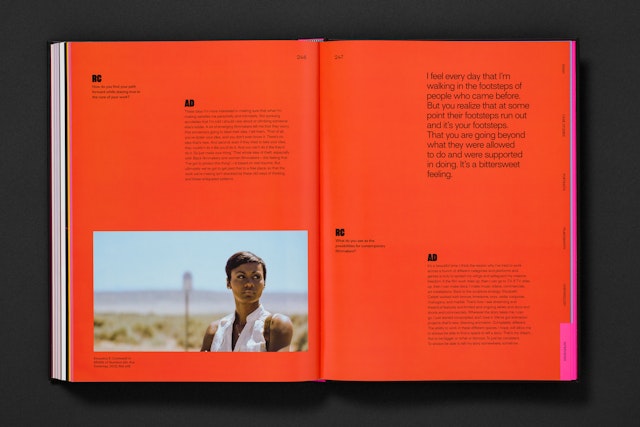
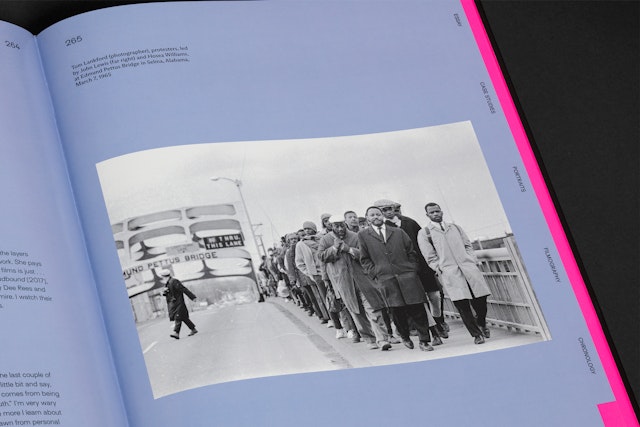

Black artists and entrepreneurs have been instrumental to moviemaking from the start, helping to shape this most modern and popular of art forms while facing racism and prejudices that limited opportunities. Presented by the Academy Museum of Motion Pictures in Los Angeles, Regeneration: Black Cinema 1898-1971 explores the rich history of Black participation in American cinema from its beginnings to just beyond the civil rights movement. Pentagram partner Eddie Opara and team have designed a companion book for the exhibition that aims to be an essential resource on this heritage.
Co-curated by Doris Berger and Rhea L. Combs, Regeneration seeks to revive lost or forgotten films, filmmakers and performers for a contemporary audience, focusing on the foundational period that led to the explosion of mainstream and independent Black cinema that followed. (The exhibition takes its name from an independent all-Black-cast movie from 1923.) It is only the second exhibition presented by the Academy Museum since it opened its doors in September 2021 and coincides with the arrival of its newly appointed Director and President Jacqueline Stewart, a leading scholar on Black cinema and film preservation.
The book design employs an eclectic approach to typography inspired by the eye-catching posters and their dramatic display type that drew audiences to the films. The designers selected an ensemble of typefaces that hint at the period as well as the posters’ expressive lettering, most of which was originally hand-drawn. The lead role in the book is given to Sharp Grotesk, chosen for its sheer versatility and a range of widths that allows it to be everything from powerful to whimsical. The elegant geometric Parafina is a supporting player, and other fonts include Domaine Display, Surt and Arizona Flare.
The cover repeats the title in strong upper-case type (set in Sharp Grotesk Black), projecting out of the dark like a film in the theater and suggesting an evolution into a bright future. (“The title Regeneration is not just from a race movie, but it’s about the successive waves of Black filmmakers,” Stewart says.) The contrast gives the cover a sense of dimension, heightened by a foil varnish.
The designers developed a bright, modern color palette that draws from the posters. The vibrant color is used to offset the sepia tone of the historical materials, and visually echoes the title of the curators’ introductory essay, “A Spectrum of Black Cinema.”
Regeneration is helping to write history, the book is intended to serve as a valuable reference beyond the exhibition. The design encourages readers to flip around the pages and to follow various narratives. A system running along at the fore edge serves as a guide, indexing the essays, case studies, filmographies and interviews into separate sections.
A multi-page chronology adapts a timeline that appears on a wall in the show. The exhibition also looks at how early cinema has impacted the work of contemporary Black directors such as Ava DuVernay, Julie Dash, Barry Jenkins and others, and the book includes interviews with these artists. Opening spreads layer their portraits within their names, highlighting them like stars on a movie poster.
The Pentagram team worked closely on the project with the Academy; Mary DelMonico, Publisher; and Karen Farquhar, Director of Production.
Office
- New York
Partner
Project team
- Jack Collins
- Brankica Harvey
- Dana Reginiano
- Jun Jung
Collaborators
- James Shanks, photography
